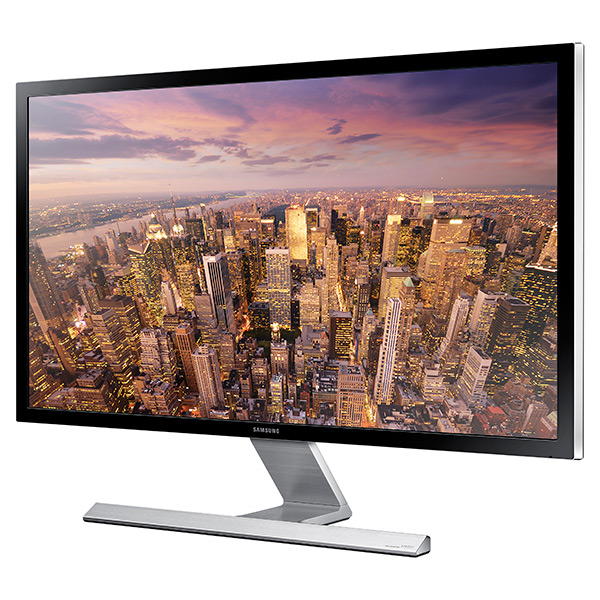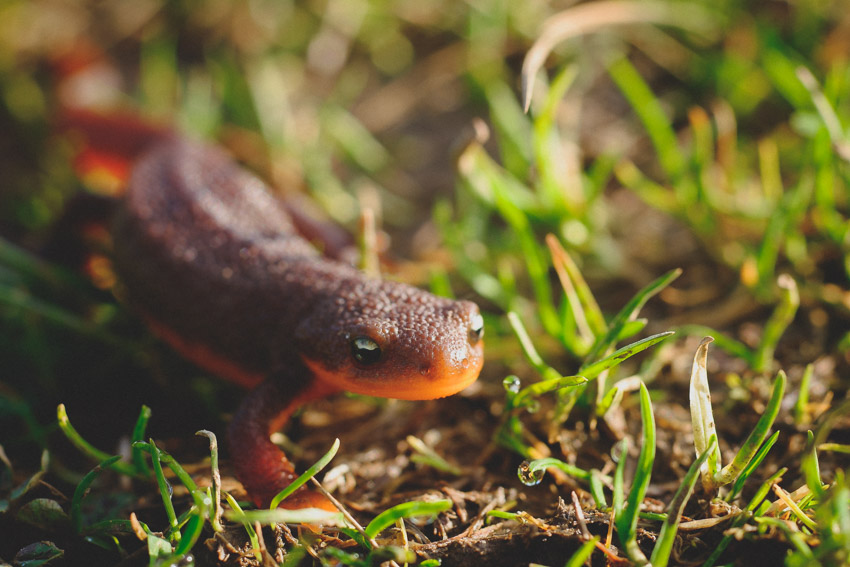
One of the key things that all photographers should strive for is consistency in your work; be it weddings, sports, boudoir, landscapes, whatever. Achieving consistency in your work, which is an important piece to finding your style, all starts with the basics.

If you can’t consistently produce well exposed and composed images, then how can you expect to consistently produce images that will be recognizable and attributed to you? I do want to point out that I am not talking about finding your style, that is a whole other beast.
To achieve consistency, there are three things that you need to do, beyond basic exposure/composition.
1. Study Your Own Work Regularly

Do you want to improve your images? How can you expect to do that if you do not know what you did ‘wrong’ in your current images? Taking the time to study your own work is key to being able to understand how you shoot, and how to consistently get results that you will be happy with.
Things you should be looking for in your imagery are:
- Exposure (do you like it brighter, darker, etc?)
- Composition (what compositions speak to you and your style?)
- Colors (what colors catch your attention? How do the colors effect the image’s feeling?)

Beyond those things, you should also be looking for things you missed in the image, things that you could have changed before you took the shot. Is a hair out of place? Is that garbage in the background picked up? If you can train yourself to spot, and look for these things in your previous images, you will get better at noticing them before you take your next image – which will allow for less time *fixing* your images in post and allow for more time to develop your style.
2. A Quality Monitor & Calibration Device
This may seem out of place, but how can you expect your images to be viewed consistently if you are not using a properly calibrated screen? The first, and really important, thing is that you have a monitor that can be calibrated and that uses IPS technology – in addition to having a wide gamut of color.

I recommend getting the best monitor you can afford. If you are like me and the budget is limited, but not super limited – then something like this $600 Dell is a great option. Asus also makes some great editing monitors in the $400 range.
Once you have a good monitor, which honestly is not super expensive – you can get a ‘good enough’ editing monitor for around $200-300. You need to make sure that the images you are producing on it will come out consistently, and come out consistently looking as you intended.

For example, if you have your monitor set too bright, then all of you images could come out looking too dark on other people’s screens or when you print them. If you monitor is skewed warmer, then all of your images may come out looking odd because you set your WB based on an incorrect rendering of the image.
I recommend the X-Rite I1 Display Pro series if you are serious about your calibration needs. But in reality, even the basic $80 calibrators will do wonders for having your images turn out consistently after post-production.
3. Shoot For Yourself When You Aren’t Shooting For Client
Photography skills are like a muscle, if you are constantly working it out, it will grow and get stronger. If you are lazy, and hardly ever use it, then it will atrophy and become useless.

If you want to be more consistent in your images, you need to be constantly shooting. Let’s be real, many of us are not as busy with clients as we would like to be, so if we are not busy working out that photography muscle with client work, then we need to be out shooting for ourselves.
I have found that I really enjoy outdoor macro photography. So I will often go out to my local refuges when I am bored and just shoot things that I come across on the walking trails, be that newts or cool fungus formations on fallen logs. The point is that I am working out my photography muscle, practicing composition, seeing how changing my vantage point or perspective affects how the light and shadow hit my subject.
[REWIND: REVIEW | FUJI FUJINON XF 60MM F/2.4 R MACRO LENS]

While I am not going to be doing macro nature work for clients anytime soon, spending the time thinking about how to photograph these images helps when it comes time to decide how to shoot my client images.
In Conclusion
Some of these things may seem a bit obvious, but the fact is that we sometimes need reminders about even the most obvious of things. So I challenge each of you to improve on the consistency of your work, find one of the areas above that you can grow in and focus on doing better at that in the coming weeks.

You will see improvement in your consistency, and you will see an improvement in your work and how it is perceived by others. Who can turn that down?




Get Connected!